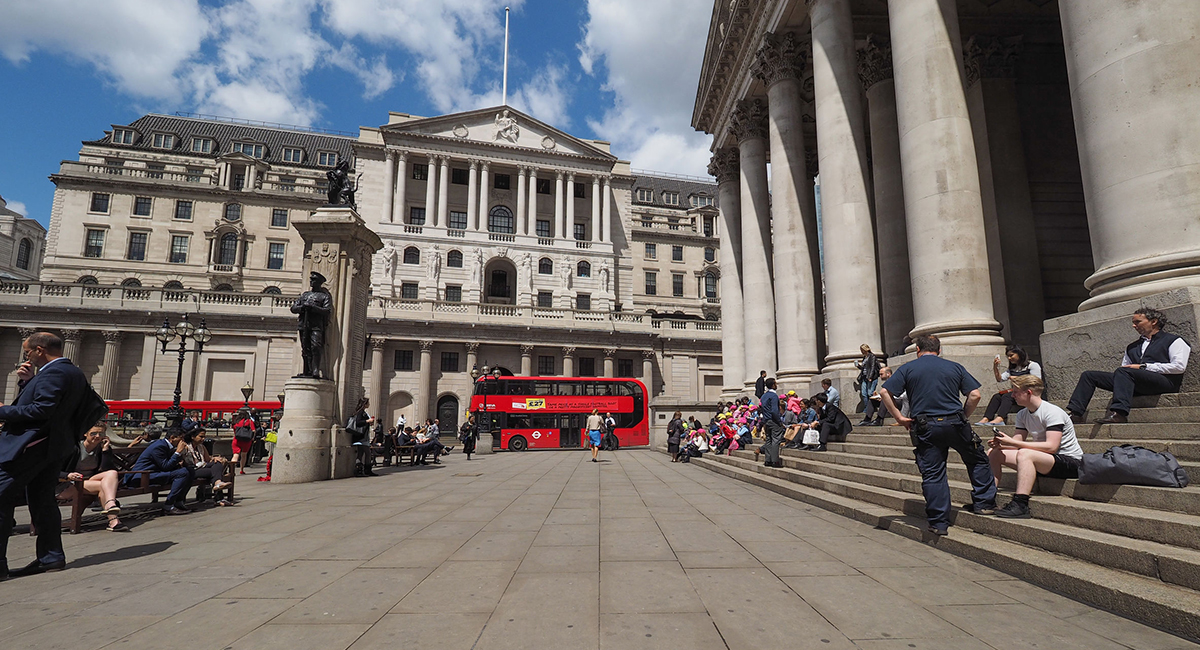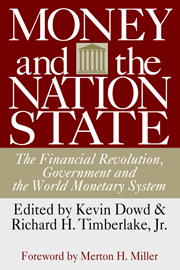U.S. inflation, which has resulted from the Federal Reserve’s excess creation of money in 2020-21, is still with us. Now, we are just starting to see another negative consequence of the Fed’s hasty response to the Covid crisis. The Federal Reserve System is currently racking up substantial losses.
In the nine months before last September, the Fed forked out $76 billion to the U.S. Treasury. That came to an abrupt halt in September, when the Fed’s cost of operations started to outstrip its earnings. Since then, Federal Reserve banks have racked up an estimated $18.8 billion in losses and have suspended remittances to the U.S. Treasury.
The Fed is realizing losses because it is paying out 4.4 percent interest on reserve balances of $3 trillion and 4.3 percent interest on reverse repurchases of $2.5 trillion, but yields on long-term Treasury securities held on its balance sheet are substantially lower. If that’s not bad enough, these losses are likely to become even larger, at least in the near future. This means that the Fed won’t be laying any more golden eggs for the Treasury in 2023.
Where did the Fed go wrong? When the Fed was founded in 1913, one of the key justifications was to provide an “elastic” currency—a system that would expand the stock of money when needed and withdraw it subsequently. But in the face of the Covid crisis, the Fed produced an unprecedented amount of money and never withdrew it.
Fortunately, there is a template that the Fed could, and should, have used. The model is the Bank of England’s (BOE) response to the panic of 1825, which was praised by Walter Bagehot in his 1873 classic, Lombard Street, where he quotes Jeremiah Harman’s testimony to the Parliamentary enquiry that followed the panic:
“We lent [money],” said Mr Harman on behalf of the Bank of England, “by every possible means and in modes we have never adopted before; we took in stock on security, we purchased Exchequer bills, we made advances on Exchequer bills, we not only discounted outright, but we made advances on the deposit of bills of exchange to an immense amount, in short, by every possible means consistent with the safety of the Bank.”
Without doubt, there was a financial panic at the onset of the Covid pandemic. In the U.S. and elsewhere, investors began to perceive the risk of significant losses as the government imposed lockdowns on large parts of the economy and social life. One manifestation was a “dash for cash,” or at least a dash for safe securities. To avoid what could have been a meltdown, the Fed created a massive amount of money, but it failed to buy the appropriate securities.
The Fed instead should have replicated the BOE’s approach in 1825. The table below lists the instruments mentioned by Mr. Harman and their modern equivalents.
| Monetary Policy Instruments: 1825 and Their Modern Equivalents | |
| Bank of England 1825 measures | Modern Fed equivalents |
| “Took in stock on security” | Loans against collateral |
| “Purchased Exchequer bills” | Purchases of Treasury bills |
| “Made advances on Exchequer bills” | Repo loans against Treasury bills |
| “Discounted outright” | Purchases of securities outright with haircut |
| “Advances on the deposit of bills of exchange” | Repo loans against private commercial bills |
The unique feature of the Bank of England’s 1825 measures is that the securities it purchased were self-liquidating. Although the BOE created a substantial amount of new money in response to the panic, within a few months, if not weeks, the loans and securities on the books of the BOE had matured and had either been repaid or eliminated from the bank’s balance sheet. In short, the excess money injected into the economy to calm the panic had been withdrawn without leaving any inflationary overhang.
There is no reason that the Fed should not have adopted the same strategy in 2020. Instead, the Federal Open Market Committee began to purchase securities across the full maturity spectrum of the Treasury market and in the long-term mortgage-backed securities market. These purchases had the effect of rapidly increasing the money supply (M2) throughout 2020 and 2021, and, in large part, they were not self-liquidating and remain on the books of the Fed today. As a result, the Fed is carrying large mark-to-market losses of around $800 billion.
For the Treasury, the Fed has long been the goose that lays golden eggs. Now, thanks to the Fed’s ill-conceived monetary policies, that goose is no longer laying.











